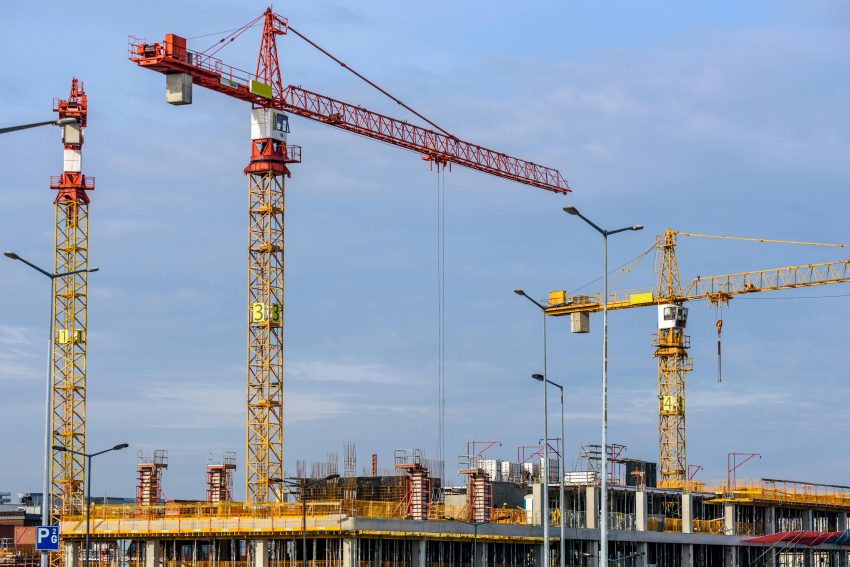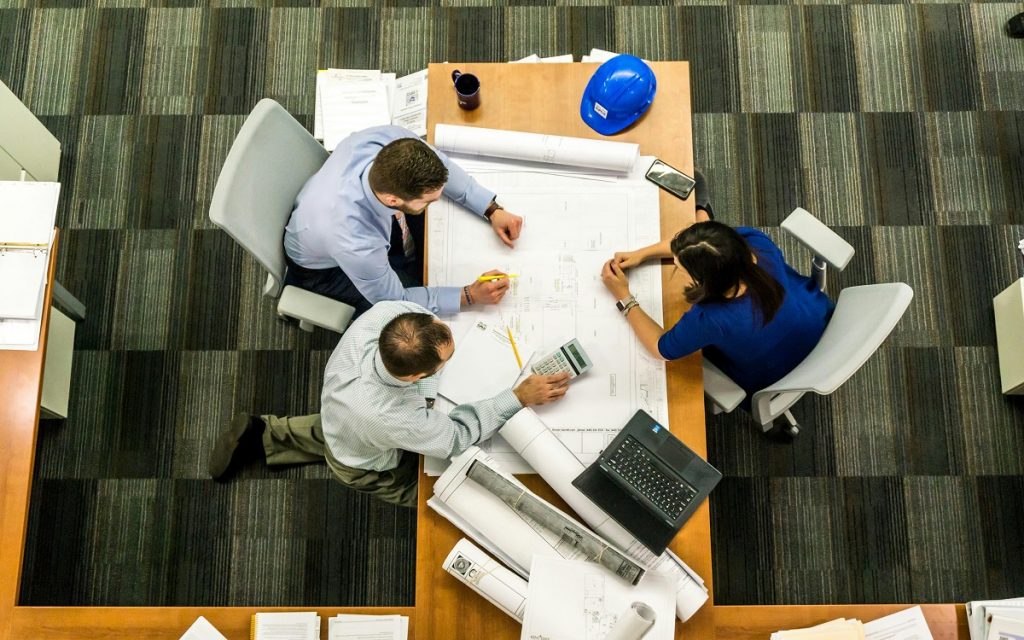Advancements in Custom Construction Solutions for Complex Projects


- Advanced manufacturing techniques enhance the efficiency, productivity, and customization of construction components, fostering greater design flexibility and quality.
- Today’s structural engineering leverages innovative software for structural analysis, ensuring projects meet integrity and constructability standards before construction.
- BIM technology optimizes design for strength and durability, minimizing construction errors and enhancing safety by enabling detailed pre-construction digital modeling.
- The construction industry is evolving with a focus on collaboration, sustainability, and creativity, driven by materials, techniques, and project management advancements.
Gone are the days when buildings were mere structures with four walls and a roof. Today, the industry is making strides toward creating complex projects that challenge traditional architectural norms and are sustainable and integrated seamlessly with existing structures. This shift toward complexity has brought about a need for innovative solutions in design, communication, materials, and project management.
Understanding Complex Projects

Complex construction projects feature unique shapes, incorporate sustainable features, or require integration with preexisting structures. These projects demand a higher level of precision and innovation, pushing the boundaries of what’s possible in construction.
The demand for such projects is rising, driven by a desire for functional and iconic buildings. However, this trend also presents challenges, including the need for advanced planning, coordination, and execution.
This blog post will delve into the intricacies of complex projects and explore how the industry is adapting to meet these demands. Additionally, it will explore how technology and teamwork play crucial roles in successfully executing complex projects.
Engineering Complex Metalwork
Metalwork is pivotal in adding functionality and aesthetic appeal to complex construction projects.
Efficient Metal Components
Advancements in metalworking technologies, such as laser cutting and CNC machining, have made it possible to produce precise and efficient metal components. Custom metal fabrication also allows for creation of unique and complex designs that meet specific project requirements.
Importance of Metalworks
These technologies allow for the creation of intricate building facades, support structures, and architectural elements, contributing to the project’s overall uniqueness and durability. Properly engineered metalwork also ensures the project is functional, safe, and meets building code requirements.
The Power of Collaboration and Communication Tools
The complexity of modern construction projects necessitates a collaborative approach.
Utilizing Technology
Integrated design and construction, facilitated by Building Information Modeling (BIM), has become crucial. BIM allows architects, engineers, and contractors to work together in a unified digital environment, enhancing efficiency and reducing errors.
Benefits
Advancements in communication platforms have made it easier for project teams to stay connected, share insights, and make informed decisions in real time. By breaking down traditional silos between different teams and stakeholders, these tools help foster collaboration and streamline project delivery.
Customizable Building Materials
The rise of prefabricated and modular construction elements marks a significant advancement in the industry. With these flexible materials, construction teams can customize buildings to suit unique project requirements while reducing on-site labor and construction waste.
Benefits
These customizable building materials offer several advantages:
- Reduced construction times – due to their prefabricated nature, these materials can be assembled quickly on-site, saving time and labor costs
- Improved quality control – with off-site fabrication, building components are produced in a controlled environment, minimizing errors and defects
- Enhanced sustainability – Modular construction contributes to a more sustainable built environment by reducing construction waste and improving energy efficiency.
- Lower costs – using modular and prefabricated elements can result in cost savings due to reduced labor, waste, and time.
Furthermore, using adaptable and sustainable materials in complex designs not only meets the demand for eco-friendly construction but also allows for greater architectural creativity.
Revolutionizing Construction with Advanced Manufacturing Techniques

3D Printing
3D printing is revolutionizing construction, offering the potential to create intricate building components with precision and efficiency. This technology enables the production of complex shapes and forms that would be difficult, if not impossible, to achieve with traditional manufacturing methods.
The Significance of Robotics in Manufacturing
Additionally, integrating robotics and automation in custom prefabrication processes further enhances the ability to produce high-quality, customizable components on a large scale. These advanced manufacturing techniques not only improve efficiency and productivity but also allow for greater design flexibility.
Innovative Structural Engineering Solutions
The complexity of today’s construction projects requires a fresh approach to structural engineering.
Structural Analysis
Innovative analysis and design software have become indispensable for ensuring structural integrity and constructability. These advancements enable engineers to simulate and analyze various aspects of a building’s design before construction begins.
Structural Integrity and Constructability
BIM also plays an important role in ensuring sturdy buildings. By creating a detailed digital structure model, engineers can identify potential issues and optimize the design for maximum strength and durability. This reduces the likelihood of costly errors during construction and improves overall safety.
In conclusion, the integration of 3D printing, robotics, and advanced software solutions marks a significant transition in construction and structural engineering. These technologies not only enhance the efficiency and accuracy of building processes but also open up new possibilities for innovative design and construction methods. These advancements promise to propel the construction industry into a new era of innovation and complexity by streamlining production, improving quality, and increasing design flexibility.


